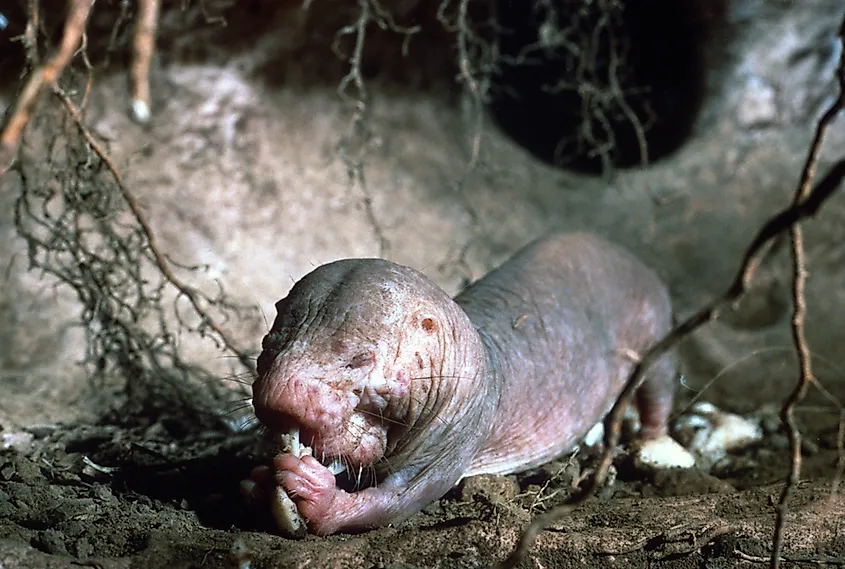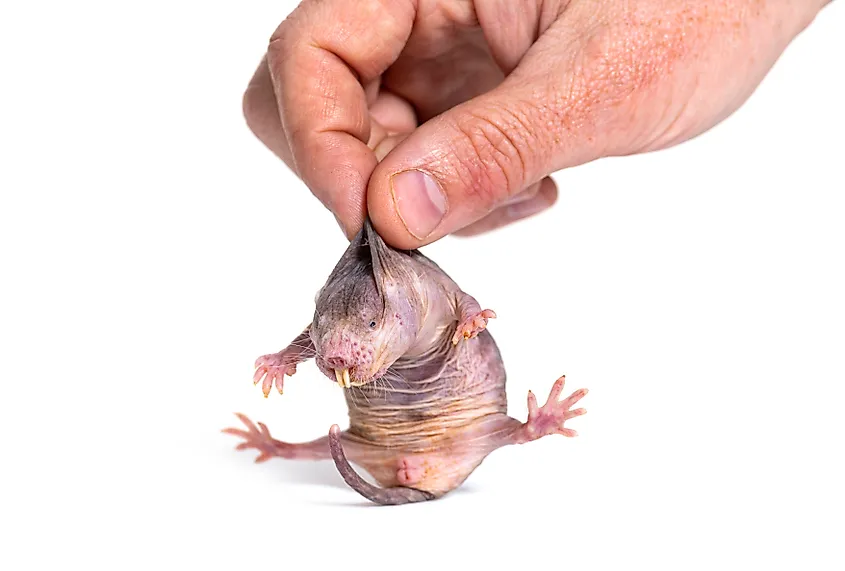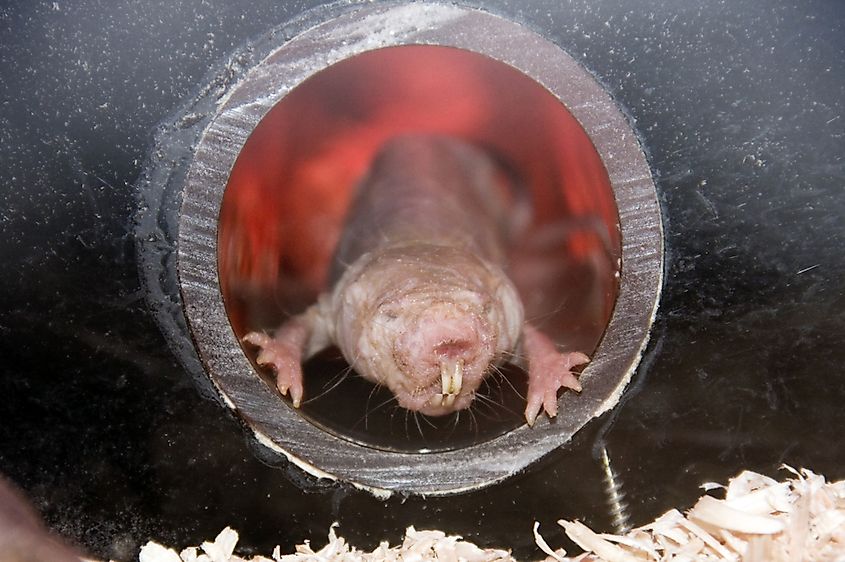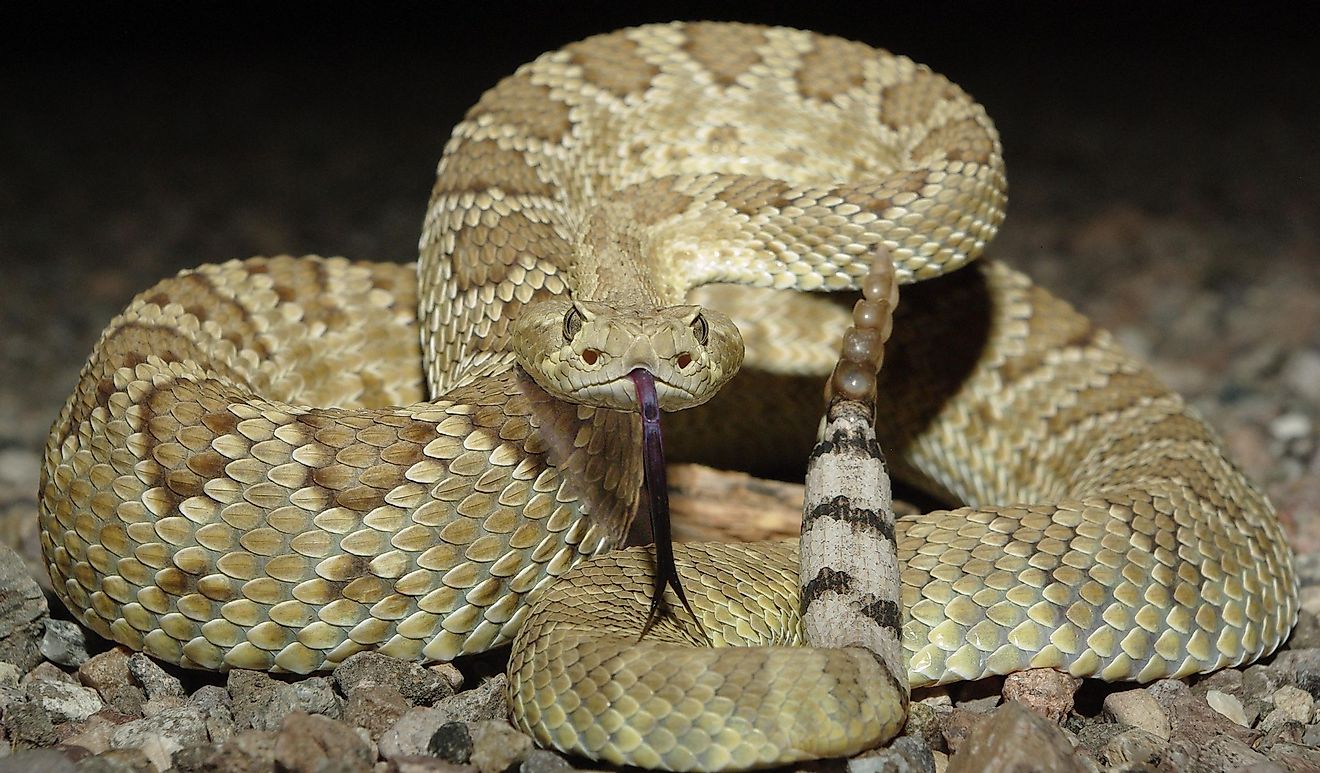
The Underground Superpowers of the Cancer-Proof Naked Mole-Rats
The naked mole rat, hairless, pink, and wrinkled, is not particularly known for its attractiveness. However, the biological traits of this creature are certainly astounding, perplexing the scientific community around the globe.
Not only do these rodents live significantly longer than most other rodent species, but they are also insensitive to pain caused by acids and capsaicin and are nearly completely resistant to cancer. Although much about their biological "superpowers" remains a mystery, researchers are gradually beginning to uncover the secrets behind this extraordinary species.
Description and Background

Pink and wrinkled, naked mole rats have translucent undersides and light purplish-brown backs and tails. They typically measure about 7.5 centimeters (three inches) in length and weigh between 28 and 42 grams (one to 1.5 ounces).
Naked mole rats are known for their exceptionally long lifespans, living up to 30 years, which is about 15 times longer than a similarly sized mouse!
Estimating their age can be challenging, as they show few visible signs of aging. Even as they grow older, their body composition, cardiac function, metabolism, and bone quality remain largely the same.
When not in captivity, naked mole rats generally die from predation, with snakes being one of their main known predators. The maximum lifespan of the species is still uncertain, as many individuals in captivity have already lived for three decades and continue to survive under human care.
In the wild, naked mole rats are found in eastern Africa, particularly in Somalia, Djibouti, Kenya, and Ethiopia. They follow a social hierarchy and are ruled by a queen, with each member performing a different duty. Living in underground burrows and tunnels, they form colonies that typically include 70 to 80 individuals, though some can grow to as many as 300 members. Their tunnel systems can stretch across areas the size of several football fields.
Insensitive to Pain

One of the most unusual traits of the naked mole rat is its insensitivity to pain, as it cannot feel pain from substances like acid or capsaicin, the same compound that gives chili peppers their spiciness.
This pain resistance is likely tied to its ability to survive in low-oxygen underground environments. Because the air exhaled by mammals contains more carbon dioxide than the surrounding atmosphere, the buildup of carbon dioxide in underground tunnels would pose a serious challenge for most species. However, over time, the naked mole rat has evolved to function with significantly less oxygen than most other mammals.
Carbon dioxide can react with water, forming carbonic acid, a substance that can stimulate nerves and lead to discomfort. Inflammatory diseases like rheumatoid arthritis have swollen tissue that often becomes acidic, resulting in pain. However, the naked mole rat does not perceive acid as painful.
In fact, its sensory nerves may even treat acid as an anesthetic rather than a pain trigger. Although there are several other species of mole rats in sub-Saharan Africa, the naked mole rat is one of the only ones that is resistant to both acids and capsaicin.
Highly Cancer Resistant

While mice and rats have cancer rates comparable to humans, naked mole rats almost never develop the disease. The reason behind this phenomenon is still largely unexplained. One theory suggests that naked mole rats have evolved an anticancer mechanism known as cellular senescence, which prevents damaged cells from splitting uncontrollably. Other scientists have proposed that the species emits a sugary secretion that prevents the formation of tumors.
Recent research from the University of Cambridge, however, focuses on how the rodent’s microenvironment may contribute to its resistance to cancer. According to the university’s findings, the cellular and molecular systems that surround a cell, including the rodent’s immune system, play a key role in preventing tumors. To reach this conclusion, researchers infected cell lines from naked mole rats with modified viruses that provoke cancer. These infected cells rapidly multiplied, indicating that the individual cells themselves do not prevent cancer, but rather the microenvironment that surrounds them in the rodent’s body.
Final Thoughts

While historically, scientists have studied common rodents like rats and mice to better understand human biology, the naked mole rat could be a game-changer in unraveling biological processes such as aging and cancer. As researchers continue expanding their knowledge as to how these creatures are so immune to chronic diseases like cancer, they may uncover new methods for detecting and treating cancer in its early stages in humans. Meanwhile, the rodent’s resistance to aging in its bones, metabolism, cardiac system, and body composition could provide crucial clues for slowing down aging in similar systems within the human body. Although much research remains to be done, the naked mole rat may hold a key role in unlocking future medical breakthroughs.











